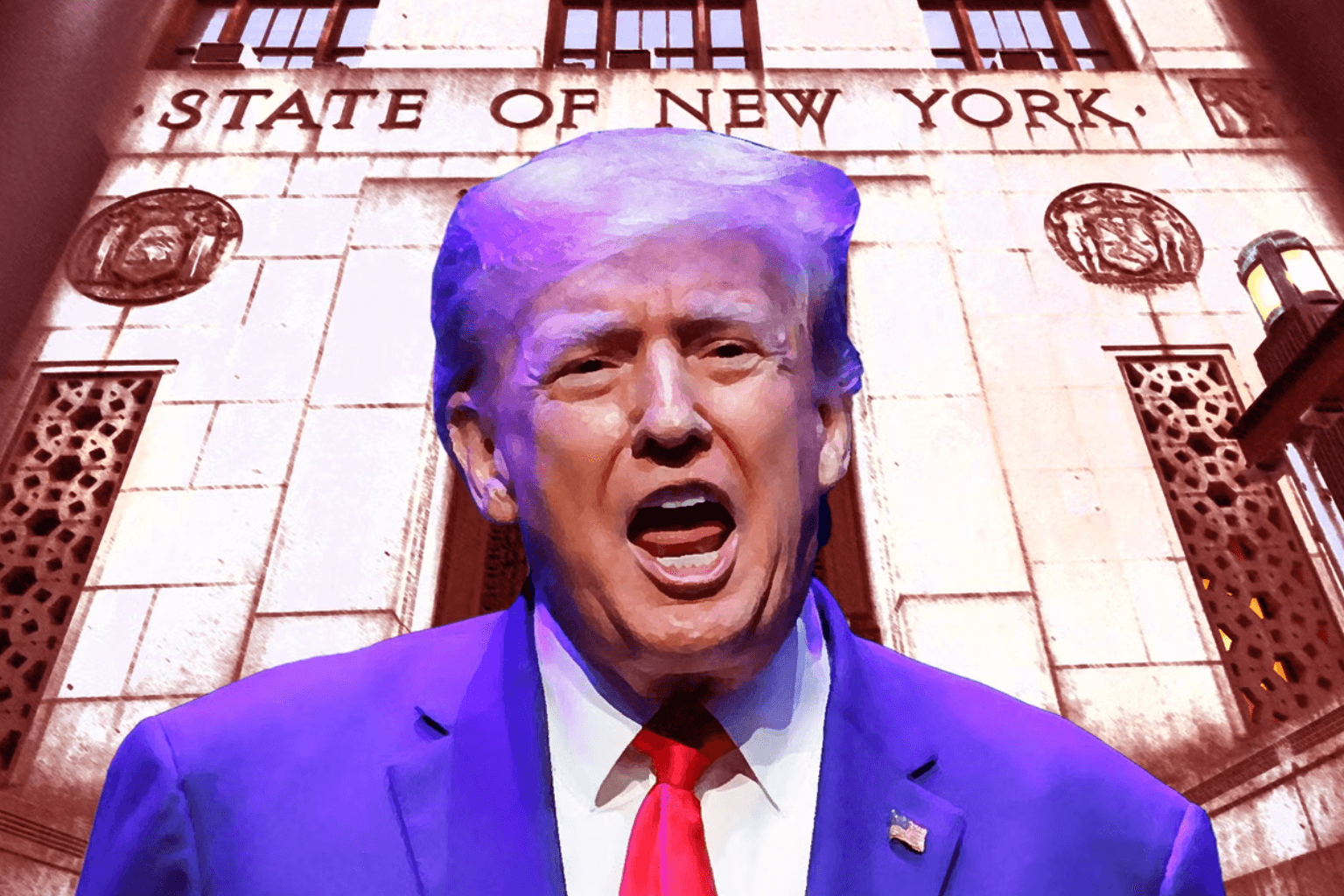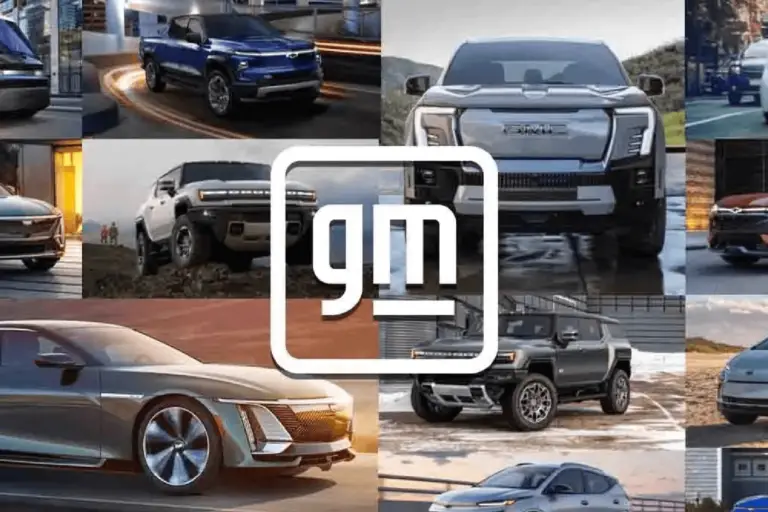
Trump’s AI Fakes Target Harris and Swift: The Intent Isn’t to Fool
Trump’s AI-made pictures of Kamala Harris and Taylor Swift are humorous memes, not fakes, but they show how worried people are about AI’s role in spreading false information about politics.
Donald Trump seems to have done exactly what he said he would do a week after wrongly accusing Kamala Harris’s campaign of using AI to make fake campaign photos.
Over the weekend, the Republican nominee for president shared two posts on his social network that included images made by AI. One showed a hammer-and-sickle flag flying over a Harris gathering that looked like it was in the Soviet Union, and the other showed young women wearing “Swifties for Trump” T-shirts. He shared the Harris picture again on X on Sunday and called it “the photo Kamala doesn’t want you to see” in an email to supporters on Monday.
AI has the ability to spread false information about politics, and experts have been warning about this for years. Many people’s worst fear is a brilliant, AI-made, or hacked video that fools millions of people into believing a shocking lie. For example, imagine a video that seems to show poll workers throwing away ballots or a candidate taking a bribe.
The pictures of Swifties for Trump and Harris as a communist boss don’t seem to be meant to trick people, but some might be fooled. There was a “satire” label on some of the Swifties pictures that were part of an X post that Trump shared a screenshot of. The Harris picture didn’t say what it was, but it was clearly not realistic.
The pictures seem to be more like memes, which are meant to make people laugh and think. They look like the mean names Trump gives to his opponents and the claims he often makes on the campaign trail that aren’t backed up by proof. Generative AI gives politicians who like to use unproven anecdotes like “Many people are saying…” a new way to show what they’re talking about.
When you look at the pictures Trump shared over the weekend next to his other Truth Social posts, this becomes clear. Instead of sticking out, the AI versions of Harris and Swift fit right in with a timeline full of satirical songs, Photoshopped pictures, insults to “Comrade Harris,” and false claims about the size of rally crowds.
On the same day that Trump posted the AI picture of Harris with the hammer-and-sickle sign, the front page of the New York Post showed Harris speaking from a dais with a big hammer-and-sickle logo and the word “Kamunism” written across the top. Trump also put that up.
At first, it might not seem important to tell the difference between AI jokes and deepfakes. Both uses of technology spread false information about political opponents and make it harder to understand what is going on. Both also add to the so-called “liar’s dividend,” which means that more fakes and lies make it easier for people to think that the truth isn’t true.
Grok AI and the Threat of Unregulated Tools
But, at least for now, it’s hard to make a deepfake that looks real, while it’s easier than ever to make AI pictures that look less real. Leading AI image tools like OpenAI’s Dall-E 3 and Midjourney have tried to stop users from making pictures that could be linked to false information about politics. But Elon Musk’s X released a new version of its Grok AI tool last week that doesn’t have many of these restrictions. Monday, the company NewsGuard released a report that found Grok complied with 16 of 20 test requests to make such images. Midjourney complied with 9 requests, and Dall-E complied with 2.
People may try to trick us with more advanced AI fakes that look and act like the real thing in this election cycle or others to come. But it shouldn’t come as a surprise if AI is still used more for marketing than for trickery. In a new blog post, Mike Caulfield said.


